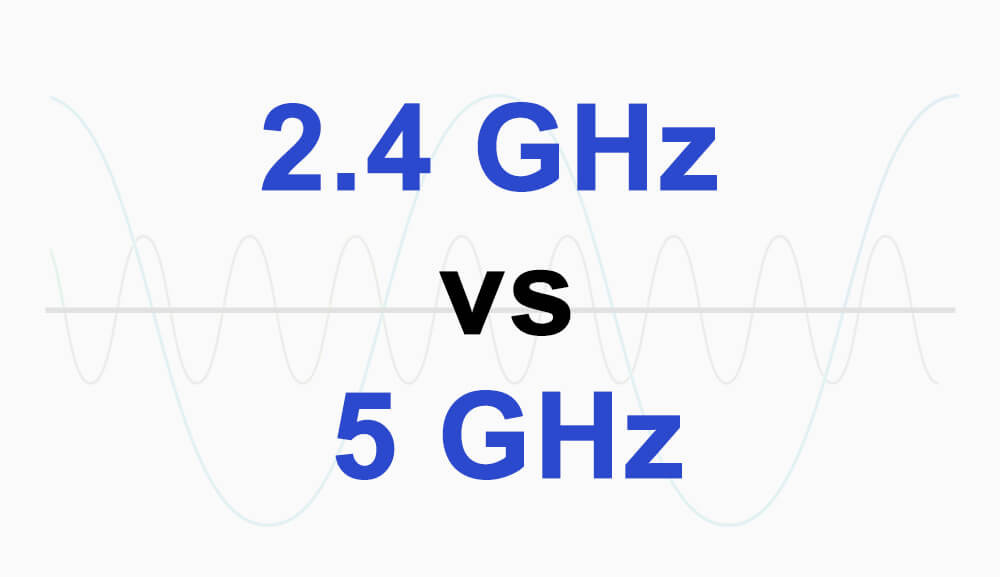
Noncommunication Ĭommunication network systems, such as high-speed home and business networking devices (modem and router), device-to-device communication (D2D) system, massive MIMO technology, cloud technologies, and small cell access points Recently, there are two microwave frequencies allocated by the FCC for ISM usage, namely, 915 MHz and 2.45 GHz. The first three industrial, scientific, and medical (ISM) frequency allocations (at 13.66 MHz, 27.32 MHz, and 40.98 MHz) were designated by US Federal Communications Commission (FCC) in 1945. Several scopes of microwave applications are listed in Table 2. Industrial, scientific, and medical (ISM) applications are normally classified as noncommunication group. Microwave applications can be categorized into two groups, namely, communication and noncommunication. In contrast, low microwave power (less than milliwatts) is widely used for domestic wireless communication or high-frequency electronic devices. Microwave applications for heating and crushing normally use high microwave power which is up to megawatts. The most commonly used frequency spectrum classification today is created by the Institute of Electrical and Electronics Engineers (IEEE), which is listed in Table 1. These frequencies are grouped into several smaller bands. Different microwave applications and technologies will use certain frequency band to avoid frequency interference. Radio waves and microwaves are a form of electromagnetic radiation with operating frequencies ranging from 30 to 300 MHz and 300 MHz to 300 GHz, respectively. This introductory chapter reviews the microwave applications in this era based on a detailed literature survey and author’s experience in microwave researches.

Nowadays, microwave devices are often used and become an indispensable necessity in our daily routines, such as microwave ovens, mobile phones, and Internet. Owing to the rapid development of microwave technology, the microwave components and devices are increasingly common and relative low price compared to 10 years ago.


 0 kommentar(er)
0 kommentar(er)
